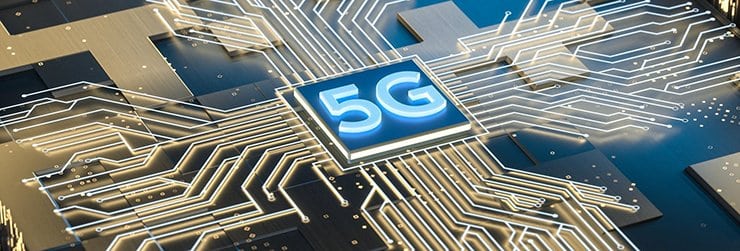Electrical and Electronic
Electrical and Electronic

Electrical and Electronic
Advanced ceramics are used in electrical and electronic including the following aspects: Power Electronics, Electronic Sensors, Wafer production, etc.
Ceramic components in power electronics have vacuum switching tubes, diodes and thyristors as well as highly resilient electric feedthroughs and surge arresters. Based on their high reliability and lifetime in stationary and mobile applications, these components that have been proven effective over decades are used widely.
Power Electronics
The switching of currents with several 1.000 A is not a problem for vacuum switching tubes, not even at high switching frequencies. Another advantage is that additional cooling is not necessary, that makes small component sizes can be realized. As the switching elements are in high-vacuum-tight housing, no oxidation processes will happen, which can reduce the switch power.
Electronic Sensors
Ceramic sensors are often found in machinery and equipment that must meet very strict requirements. In such occasions, they mainly monitor non-electric variables such as, temperature, pressure, moisture content, gas concentration, flow rate, distance, acceleration, and transform these into electrical signals, which are then further processed in downstream electronic devices.
Wafer production
The requirements for wafer production technology are extremely strict, considering it requires geometric properties and zero contamination. In semi-conductor technology, components made of oxide and non-oxide materials are generally used in positions that are essential to obtain the desired wafer geometry. For example, for a 12-inch wafer, the target thickness is 0.7 mm, the deviation from the surface uniformity is 10-6 mm, and the maximum deflection is 25 µm. In order to firmly fix such a wafer on a substrate, a large-sized plate made of ceramic material is often used.
